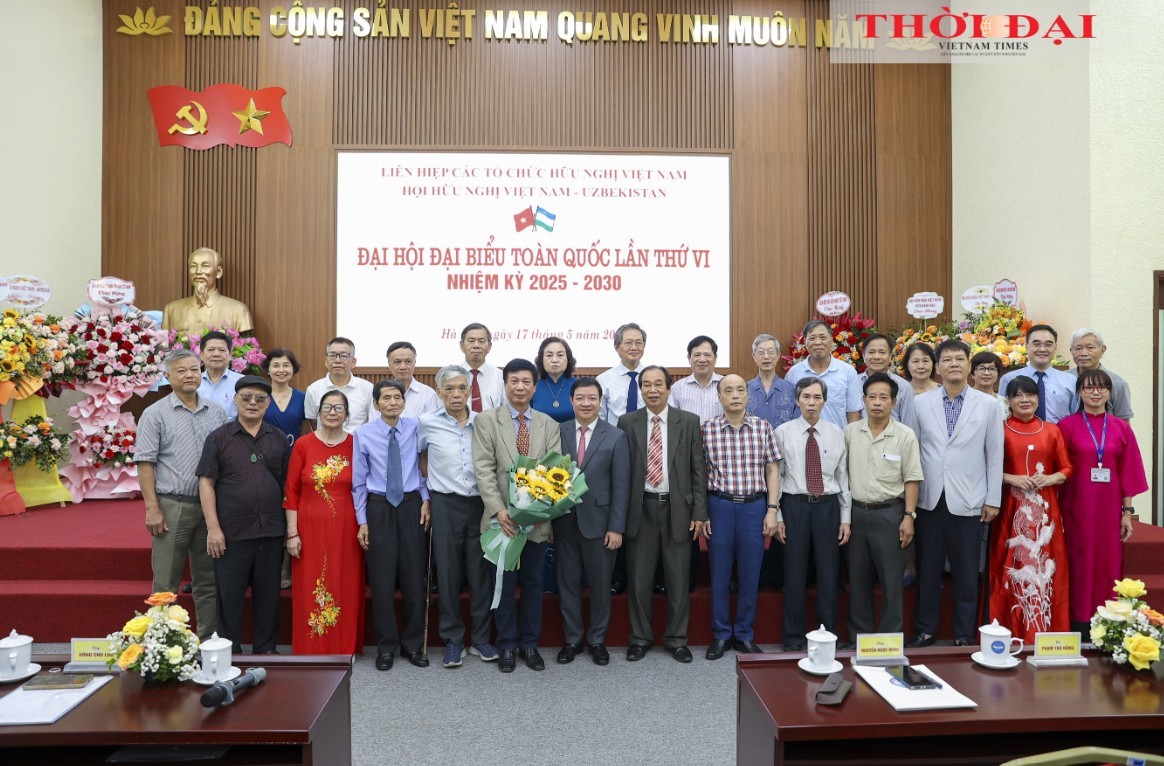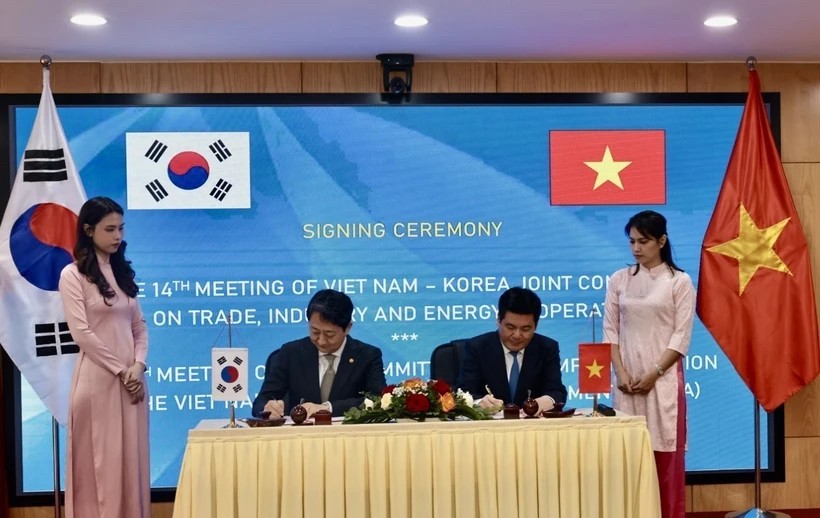Preserving the Past: Hanoi Values Old French Villas
The thousand-year-old capital city has seen all the ups and downs of history, and the changes in society. One of the most beautiful features of Hanoi is the old French villas nestled in the heart of the city. However, the process to maintain the core values of these old architectural buildings is not easy, because of the terrible effects of time and being kept in poor conditions.
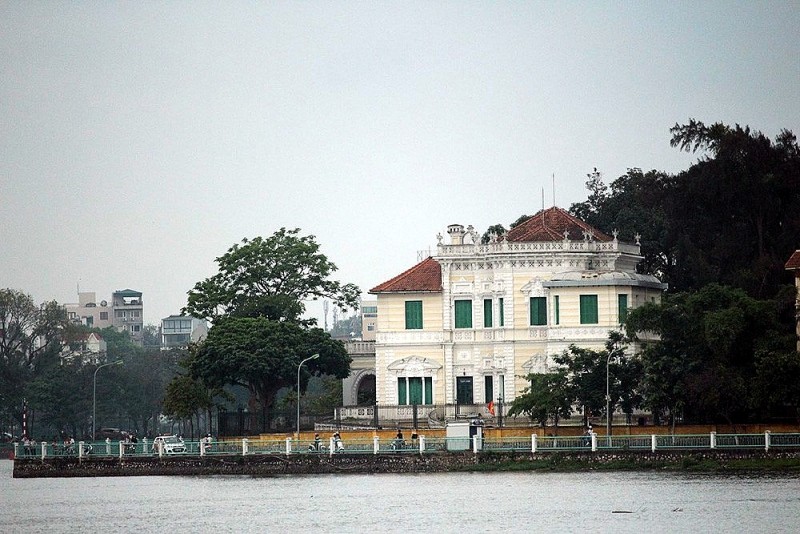 |
| The octagonal house on the campus of Chu Van An High School - Hanoi is perfectly preserved in every detail and is being used as the school's library. Photo: Baoxaydung |
French architecture in Hanoi can be easy to see in every corner of the city with different shapes and styles. The first presence of French architecture dated from 1803, when King Gia Long rebuilt the Hanoi Citadel in Vauban style under the direction of four French engineers. Buildings constructed during the colonial period are scattered throughout the city- the Palace of the Governor-General of Indochina, now the Presidential Palace, the Palace of the Governor of Tonkin, now the Government Guest House, the Bank of Indochina which became the Vietnamese State Bank, the Louis Finot Museum, now the National History Museum. Most of them still maintain their architectural uniqueness, structures, and their classic looks.
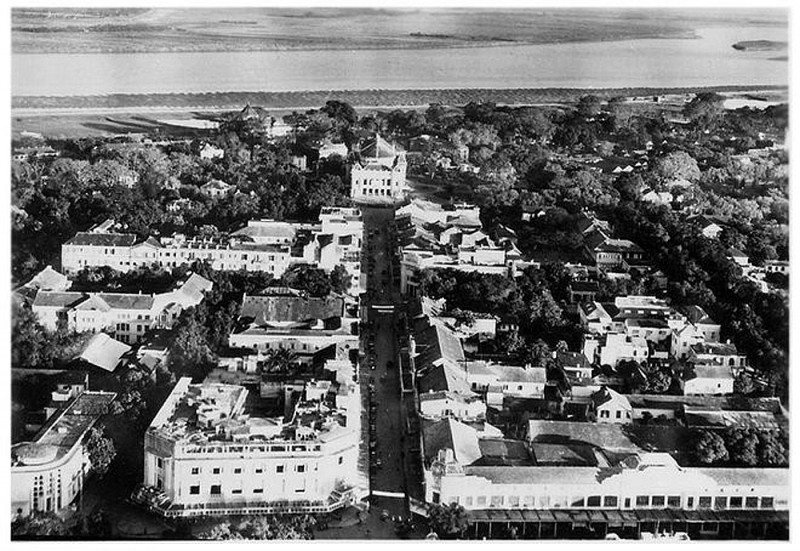 |
| A scene of Hanoi in 1930 (Documentary photo). |
The French architectures and old French villas have significant meanings in cultural and architectural values and are the witnesses of multiple changes in history that passed. Even though they carried such huge responsibilities, it is hard to recognize the old silhouettes of these historical monuments when you walk along the streets in Hanoi.
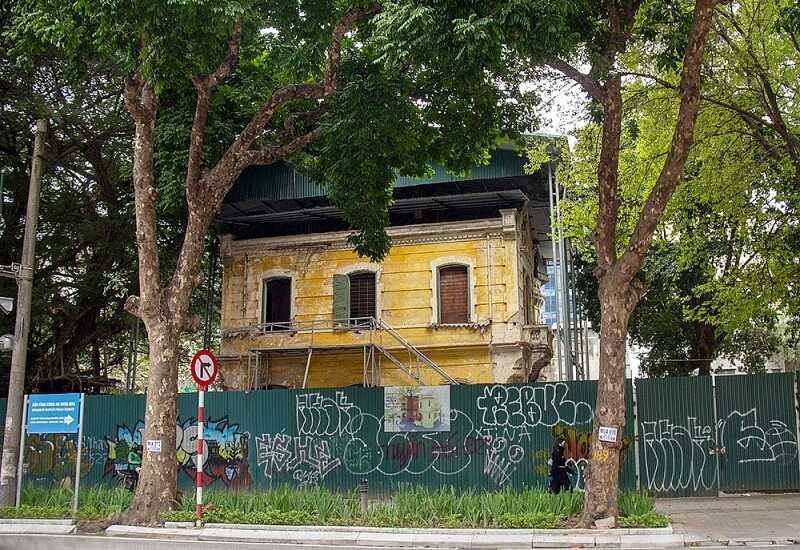 |
| The old villa at 49 Tran Hung Dao is seriously degraded and is being preserved. Photo: Baoxaydung |
To have a more objective view of these “legacy”, let’s take a look at their values first. Old French villas in Hanoi have an important historical value through time. Many French architectures here are near 150 years old since the early days when the French took over the Hanoi Citadel and rebuilt it for the purpose of turning the country into its colony. French villas were built later, but they also existed for more than a century.
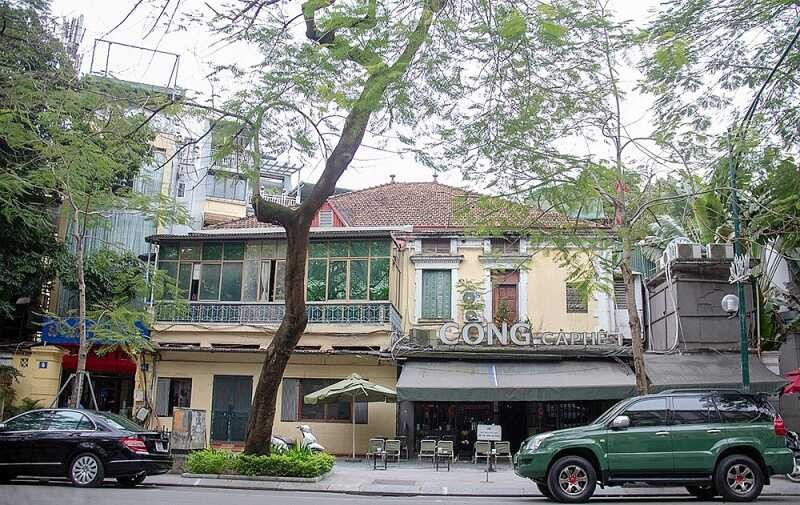 |
| Today's villas have lost their inherent architectural features. Photo: Baoxaydung |
Otherwise, the villas are imbued with the Western styles that bring many artistic and cultural values, with the classic features that can be seen in the designs of roofs, windows, consoles, and beams. It creates a unique combination of East and West architectural styles that you can only find in Vietnam. Thus, this combination helped create the infamous Indochina architectural style. Cultural works, villas, houses, interior decoration… are vivid impressions of the human soul in the “promised land” – Vietnam. Nowadays, these outstanding historical buildings are still standing with the times, right here, in Vietnam. One of the famous architecture that symbolized Indochine style is Opera House, which is located in the heart of Hanoi, is a tourist attraction for all visitors.
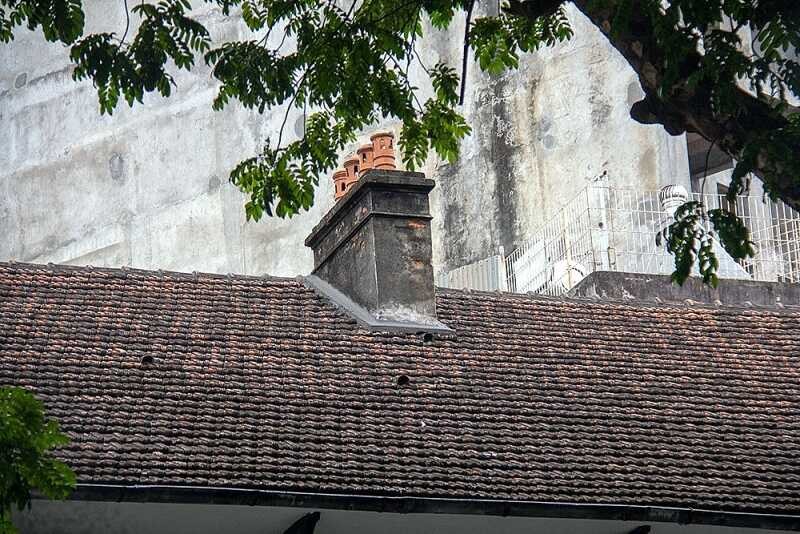 |
| The roof and chimney of old French villas. Photo: Baoxaydung |
Not only that, the Indochina architectural style of the old villa fits perfectly with the urban style of Vietnam, especially in the peaceful scenery of Hanoi. Despite being influenced by French architectures and designs, these villas still bring people a sense of familiarity and friendliness because of the traditional cultural features blending in, which also shows national pride. Indochina style has contributed to honoring the national architecture art, although it has many eclectic points, blending (because the French are not connoisseurs of classical Vietnamese architecture), it has encouraged Vietnamese architects and students of Indochina Fine Arts College to continue to follow the national artistic path.
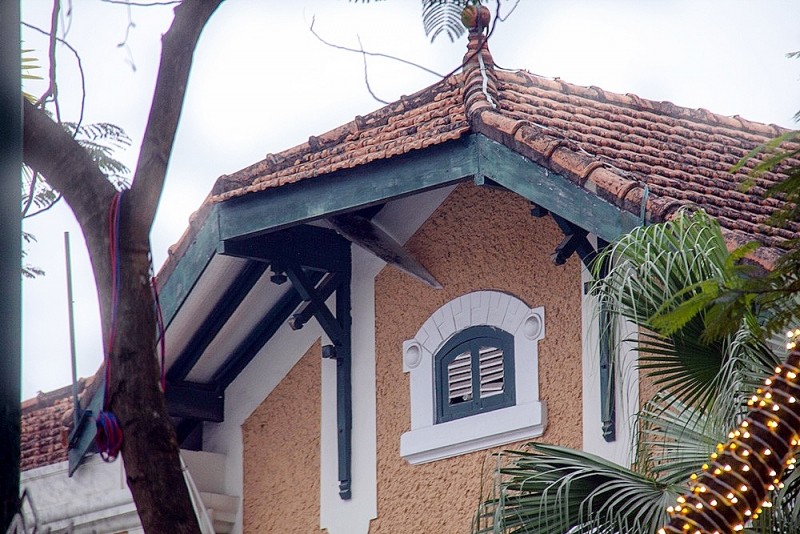 |
| The regional architecture of France is clearly shown in the features. Photo: Baoxaydung |
The diversity of architectural styles of French villas in Hanoi reflects the law of acculturation in the development of architecture, going from importing to combining, then finally creating an architectural style that is suitable for the country.
In terms of cultural and societal meanings, the villa lifestyle contributes to affirming the position and role of the new urban class in Hanoi and brings Hanoi to become one of the most beautiful cities in Asia at that time. It also marks the new development of Vietnamese cities.
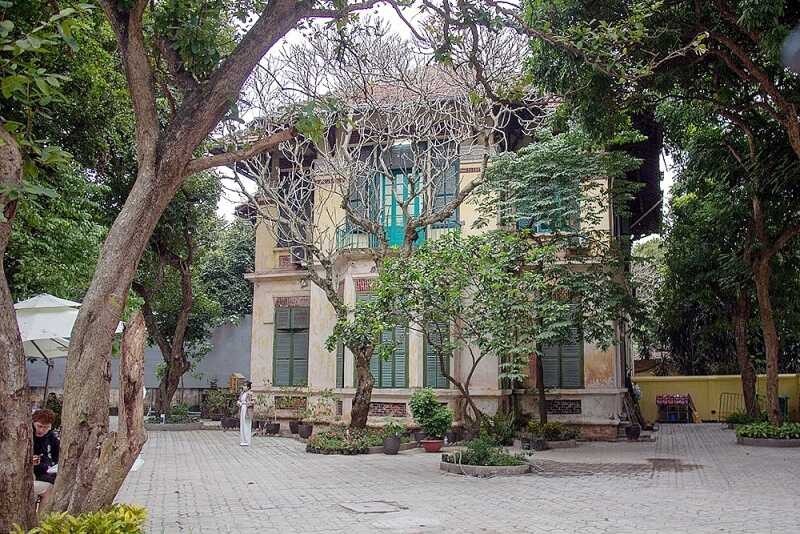 |
| The villa on 28D Dien Bien Phu is kept quite intact. Photo: Baoxaydung |
Many researchers stated that preserving French architectural structures in Hanoi means preserving history itself. French architecture presents diversity in culture and development of the combination between East and West style, which is a legacy that not every city has. However, these precious legacies do not receive enough recognition and care. There are not only famous structures such as the Opera House, the Presidential Palace, the Government Guest House, the History Museum, the Fine Arts Museum, the Metropole hotel, etc, but also other hundreds of villas, whose are used to be the working and living places of local citizens. All of them are considered the special architectural heritage that needed to be preserved, which has become more difficult with the fast development of modern urban life.
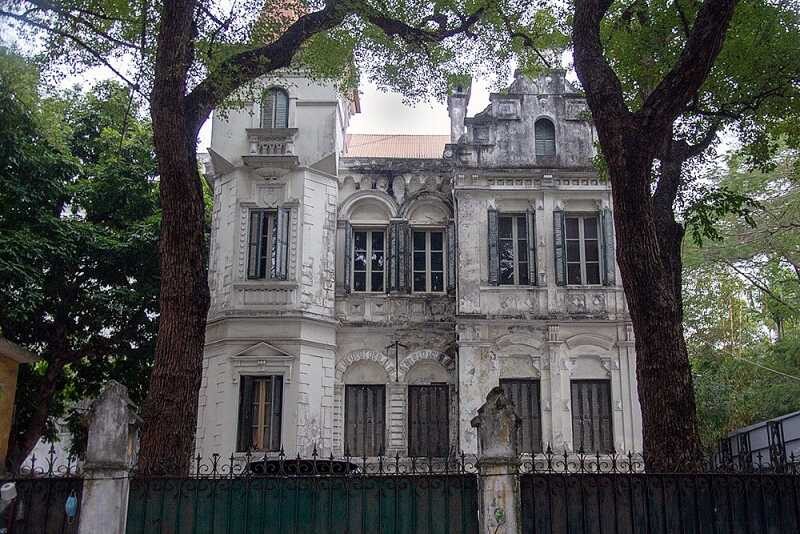 |
| The villa on 51 Tran Hung Dao Street is still used as the headquarters of the Alliance of Arts and Literature Associations of Vietnam. Photo: Baoxaydung |
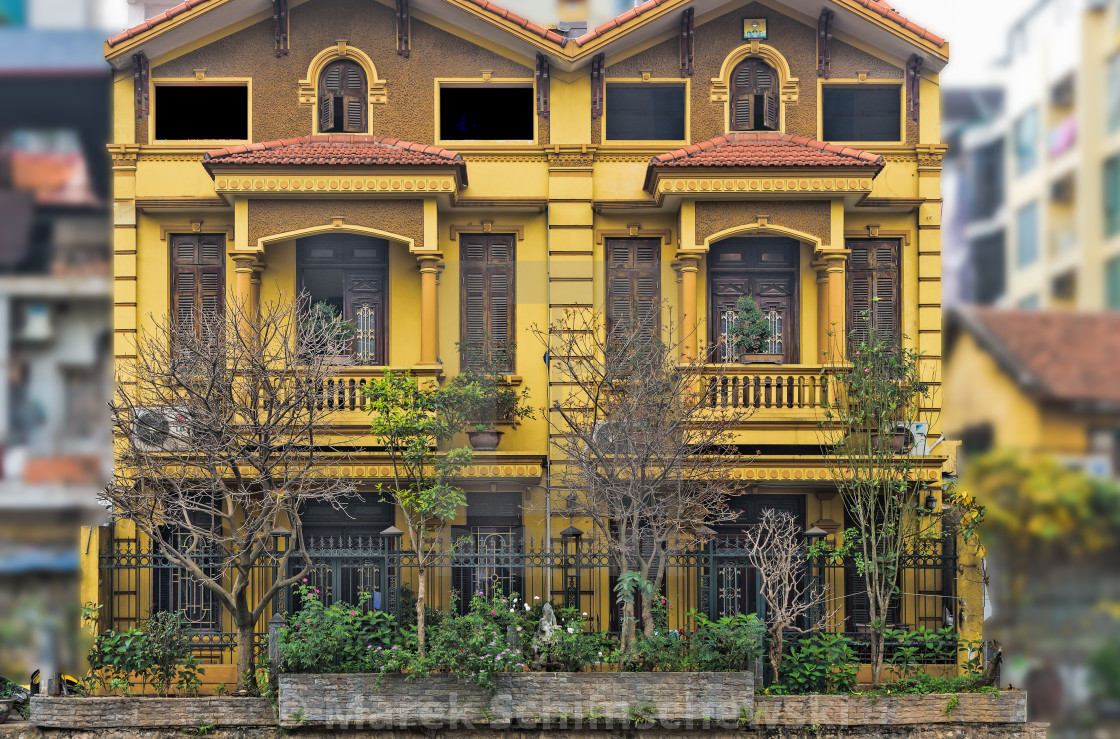 | Hanoi prepares for preservation of old French-style villas More than 1,200 French-style villas in Hanoi constructed before 1954 will be examined for construction and stabilization as a part of Hanoi's People Commitee's preservation ... |
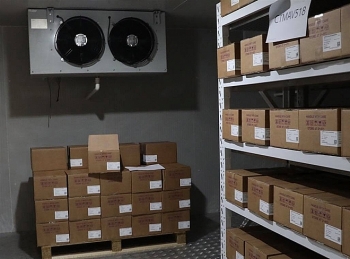 | A peek into cold storage preserving thousands of Covid-19 vaccines in Vietnam Over 800 million Covid-19 vaccines sourced via Covax arriving in Vietnam Thursday morning are being preserved at the cold storage of the National Institute of ... |
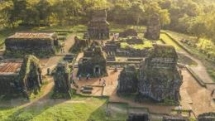 | Indian, Russian experts help with preservation of My Son sanctuary Experts from India and Russia recently visited My Son sanctuary in the central province of Quang Nam from late June to early July 2019 to ... |
Recommended
 Handbook
Handbook
Vietnam Moves Up 8 Places In World Happiness Index
 Handbook
Handbook
Travelling Vietnam Through French Artist's Children Book
 Multimedia
Multimedia
Vietnamese Turmeric Fish among Best Asian Dishes: TasteAtlas
 Handbook
Handbook
From Lost to Found: German Tourist Thanks Vietnamese Police for Returning His Bag
 Handbook
Handbook
Prediction and Resolution for the Disasters of Humanity
 Handbook
Handbook
16 French Films To Be Shown For Free During Tet Holiday In Vietnam
 Handbook
Handbook
Unique Cultural and Religious Activities to Welcome Year of the Snake
 Handbook
Handbook

